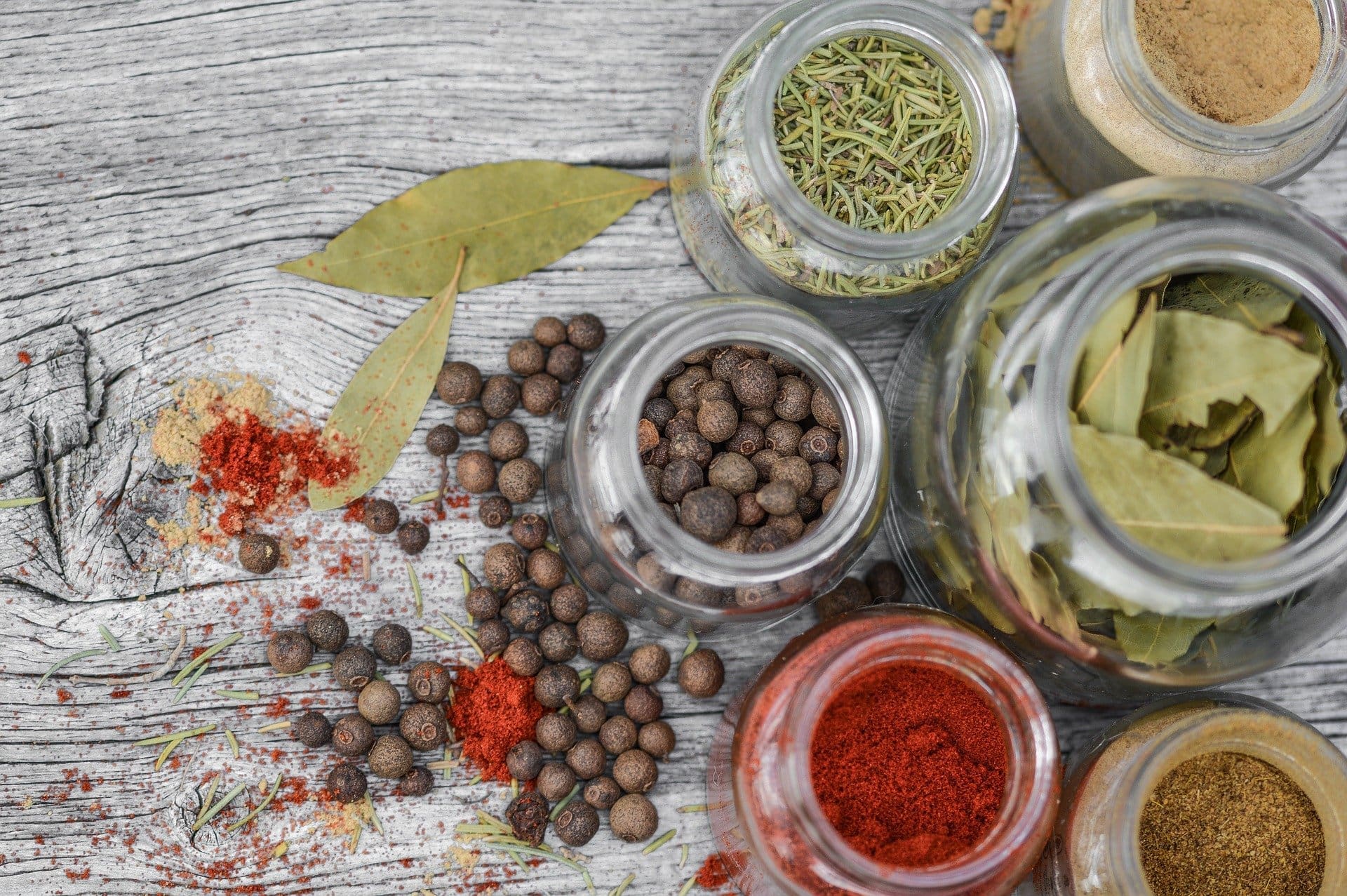For centuries, ingredients have served useful functions in a variety of foods. Our ancestors used salt to preserve meats and fish, added herbs and spices to improve the flavor of foods, preserved fruit with sugar, and pickled cucumbers in a vinegar solution. Today, consumers demand and enjoy a food supply that is flavorful, nutritious, safe, convenient, colorful, and affordable. Food additives and advances in technology help make that possible. This brochure in partnership with the U.S. FDA is your guide to understanding the role of ingredients, colors, and flavors in food.

Did you know food coloring can be made using natural and artificial ingredients? Both of which are safe and regulated by the U.S. Food and Drug Administration (FDA). These colorings are used in a variety of foods, not just baked goods, but they are also safely used in ice cream, yogurt, soft drinks, cereals, sausage casings, cheeses, and the list goes on. Three recent publications supported by the International Association of Color Manufacturers (IACM) explored and reaffirmed the safety of food colors that have been at the center of attention in recent years: Allura Red, Tartrazine, and approved FD&C color additives.
This fact sheet, in partnership with the American Academy of Nurse Practitioners (AANP), tells us more about the safety and function of those hard to pronounce (but safe) additives and ingredients in our food. In fact, this easy-to-understand information page makes the hard-to-pronounce ingredients easy to understand. What food additives and ingredients do in food is why we buy and enjoy them in the first place. And that isn’t hard to pronounce at all.
Preservatives serve a very important role in our food supply. Their main roles are to keep food safe much longer. Preservatives can also inhibit oil from going rancid or could help a product retain its original color. Preservatives have many benefits: keep food safe longer; extend shelf life which saves us time and money buying groceries.
Emulsifiers are used in many food products such as beverages, milk, ice cream, and dressings. They are used in food to make the product stable. Emulsifiers keep two components that normally do not mix well together from separating. We see them every time we spread mayonnaise on a sandwich where egg yolk protein (lecithin) helps to stabilize the oil, egg, and lemon juice mixture. Or pour a well-mixed ranch dressing onto a salad where soy lecithin may have been added during manufacturing to accomplish the exact same objective.
Anti-caking agents are added in very small amounts to powders and other food products like table salt, spices, milk powder, flour, sugar, and many more pantry-friendly items. While most commonly used in flour, anti-caking agents have other applications too. For example, anticaking agents are popularly used in non-food items like “road salt, fertilizers, cosmetics, synthetic detergents, and in other similar applications.” They allow a wide range of products to freely flow when they’re being used. They often appear in products that are more susceptible to clumping such as sugar or flour. These types of staple ingredients often crystallize resulting in solid blocks that do not pour evenly and are harder to mix. This limits their use in baking and cooking applications.
It is important to acknowledge how U.S. food regulations guarantee access to information about food and food products. For any product containing natural or artificial flavor or colorant, it will always be disclosed in the ingredient statement. In addition, the front panel of the product must display “artificially flavored” or “naturally flavored.” They are categorized by origin or where the flavor comes from. If the flavoring agent originates from a fruit or plant source, it is considered natural. Otherwise, it will be considered artificial. Artificial flavors are created by flavor specialists. Natural sources of flavor are often structurally more complex because a fruit or plant material is not designed to produce high yields of a single compound in the same way a specialist can.
Source Link – http://www.foodinsight.org/food-ingredients-additives-resources




